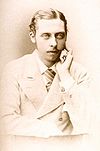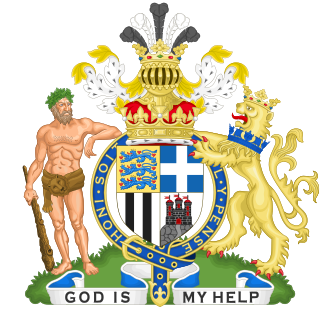
Duke of Edinburgh, named after the city of Edinburgh in Scotland, is a substantive title that has been created three times since 1726 for members of the British royal family. It does not include any territorial landholdings and does not produce any revenue for the title holder.

Prince Edward, Duke of Kent and Strathearn, was the fourth son and fifth child of King George III. His only legitimate child became Queen Victoria.

The Royal Marriages Act 1772 was an Act of the Parliament of Great Britain which prescribed the conditions under which members of the British royal family could contract a valid marriage, in order to guard against marriages that could diminish the status of the royal house. The right of veto vested in the sovereign by this Act provoked severe adverse criticism at the time of its passage.
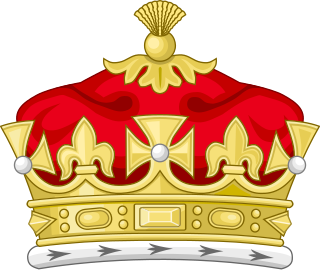
Duke of Clarence is a substantive title which has been traditionally awarded to junior members of the British Royal Family. All three creations were in the Peerage of England.

Duke of Cambridge, one of several current royal dukedoms in the United Kingdom as of 2022, is a hereditary title of specific rank of nobility in the British royal family. The title is heritable by male descendants by primogeniture, and has been conferred upon members of the British royal family several times.
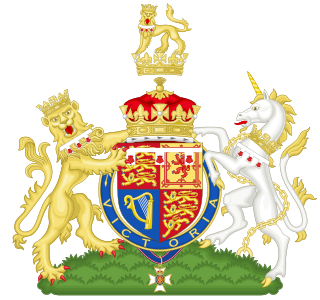
Duke of Sussex is a substantive title, one of several royal dukedoms, that has been created twice in the Peerage of the United Kingdom. It is a hereditary title of a specific rank of nobility in the British royal family. It takes its name from the historic county of Sussex in England.

Prince Augustus Frederick, Duke of Sussex, was the sixth son and ninth child of King George III and his queen consort, Charlotte of Mecklenburg-Strelitz. He was the only surviving son of George III who did not pursue an army or navy career. He was known for his liberal views, which included reform of Parliament, abolition of the slave trade, Catholic Emancipation, and the removal of existing civil restrictions on Jews and Dissenters.

The Mountbatten family is a British dynasty that originated as an English branch of the German princely Battenberg family. The name was adopted on 14 July 1917, three days before the British royal family changed its name to “Windsor”, by members of the Battenberg family residing in the United Kingdom, due to rising anti-German sentiment among the British public during World War I. The name is a direct Anglicisation of the German Battenberg, or Batten mountain, a small town in Hesse. The titles of count and later prince of Battenberg had been granted in the mid-19th century to a morganatic branch of the House of Hesse-Darmstadt, itself a cadet branch of the House of Hesse.

The Titles Deprivation Act 1917 is an Act of Parliament of the United Kingdom which authorised enemies of the United Kingdom during the First World War to be deprived of their British peerages and royal titles.

Baron Killyleagh is a title in the Peerage of the United Kingdom. It was created on 23 July 1986 by Queen Elizabeth II as a substantive title for her son Prince Andrew, Duke of York, for the occasion of his marriage to Sarah Ferguson. The couple were married at Westminster Abbey.

Prince of the United Kingdom of Great Britain and Northern Ireland is a royal title normally granted to sons and grandsons of reigning and past British monarchs. The title is granted by the reigning monarch, who is the fount of all honours, through the issuing of letters patent as an expression of the royal will.

The use of the title of Princess of the United Kingdom of Great Britain and Northern Ireland is entirely at the will of the sovereign as expressed in letters patent. Individuals holding the title of princess are styled "Her Royal Highness" (HRH). On 18 April 1917, the newest granddaughter of Wilhelm II, German Emperor was styled a British princess from birth, even though Germany and Britain were fighting in WWI. Before the First World War, British Princesses also held additional German titles, such as Princesses of Hanover by virtue of being male line descendants of George III; or Princesses of Saxe-Coburg and Gotha, Duchess of Saxony, by virtue of being male line descendants of Prince Albert of Saxe-Coburg and Gotha. George V issued Letters Patent on 30 November 1917, to restrict the automatic assignment of the title "Princess" and the use of the style "Royal Highness" to the following persons:
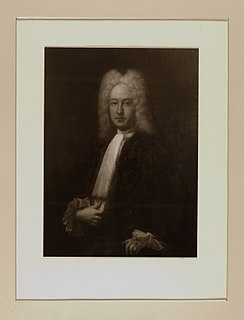
The Dukedom of Inverness was a title in the Jacobite Peerage of Great Britain, and as such was not recognised by the government or monarch or Great Britain. Its only holder was John Hay of Cromlix.

The title of Earl of Inverness was first created in 1718 in the Jacobite Peerage of Scotland, together with the titles Viscount of Innerpaphrie and Lord Cromlix and Erne, by James Francis Edward Stuart for the Honourable John Hay of Cromlix, third son of the 7th Earl of Kinnoull. He was created Duke of Inverness in 1727, but both titles became extinct upon the death of the grantee in 1740.
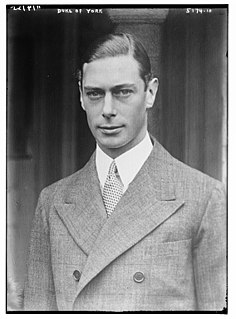
Baron Killarney was a title in the Peerage of the United Kingdom that has been created twice. The first creation came on 24 May 1892 as a substantive title by Queen Victoria for her grandson Prince George, Duke of York. George was also created Duke of York and Earl of Inverness, on the same day. In 1910 upon his ascension as King George V, his titles merged with the crown. The second creation came on 24 May 1920, as a substantive title by King George V for his son Prince Albert, Duke of York. Albert was also created Duke of York and Earl of Inverness, on the same day. Upon King Edward VIII's abdication in 1936, Albert's titles merged with the crown, upon his coronation as King George VI.
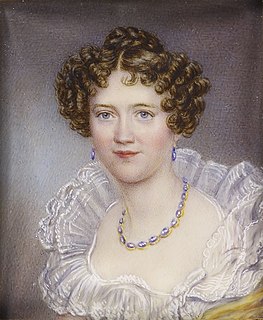
Cecilia Underwood, Duchess of Inverness was a mistress of Prince Augustus Frederick, Duke of Sussex. Despite marrying, their union was in contravention of the Royal Marriages Act 1772 and as such was considered legally void. Consequently, she could not be styled either as the Duchess of Sussex nor a Princess. She was created Duchess of Inverness, in her own right, by Queen Victoria, on 10 April 1840.
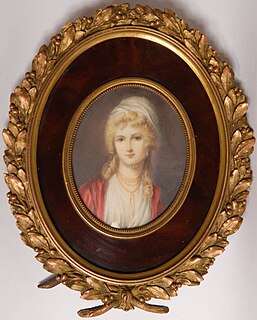
Lady Augusta De Ameland was the first wife of Prince Augustus Frederick, Duke of Sussex, the sixth son of George III. They married on 4 April 1793 in Rome. Their union was in contravention of the Royal Marriages Act 1772 because the Prince had not asked his father's permission, so she was not recognised as his wife.
There have been three baronetcies created for members of the Gore family, all in the Baronetage of Ireland. All three titles are extant. The family also holds two earldoms and a barony.

Sir Augustus Frederick d'Este, KCH was a relative of the British royal family and the earliest recorded person for whom a definite diagnosis of multiple sclerosis can be made. He was the only son of Prince Augustus Frederick, Duke of Sussex, and his wife Lady Augusta Murray. He was a grandson of King George III, nephew of Kings George IV and William IV, and a first cousin to Queen Victoria.
In the British peerage, a royal duke is a member of the British royal family, entitled to the titular dignity of prince and the style of His Royal Highness, who holds a dukedom. Dukedoms are the highest titles in the British roll of peerage, and the holders of these particular dukedoms are princes of the blood royal. The holders of the dukedoms are royal, not the titles themselves. They are titles created and bestowed on legitimate sons and male-line grandsons of the British monarch, usually upon reaching their majority or marriage. The titles can be inherited but cease to be called "royal" once they pass beyond the grandsons of a monarch. As with any peerage, once the title becomes extinct, it may subsequently be recreated by the reigning monarch at any time.


